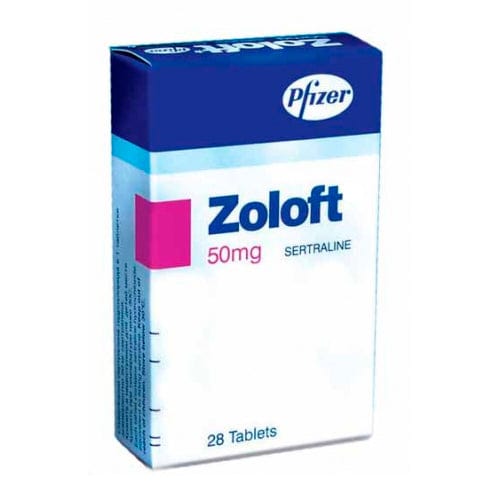Zoloft
The antidepressant Zoloft (sertraline) belongs to a class of medications known as selective serotonin reuptake inhibitors (SSRIs). Sertraline alters brain chemicals that may be out of balance in those who experience symptoms of depression, panic, anxiety, or obsessive-compulsive behavior.Premenstrual dysphoric disorder (PMDD), panic disorder, anxiety disorders, post-traumatic stress disorder (PTSD), and depression are all conditions that are treated with Zoloft.Other uses for Zoloft besides those covered in this medication guide are possible.If you are allergic to sertraline or drugs like fluoxetine, you shouldn't take Zoloft.


 Rated Excellent by 26,523+ Reviews
Rated Excellent by 26,523+ Reviews